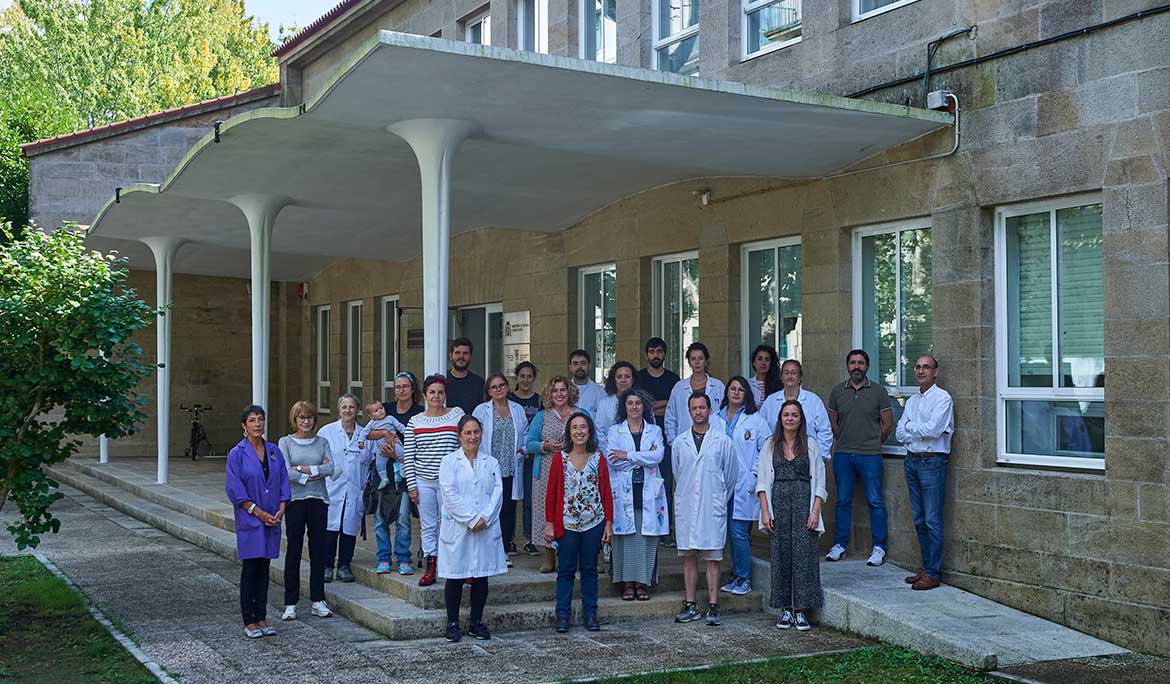Tipo de publicación:
Revistas indexadas en la Web of Science o en SCOPUS
Enlace a publicación:
https://doi.org/10.1111/ejss.13301
Abstract
Wildfires are increasing worldwide and, therefore, the extents of their on- and off-site impacts are particularly important on soil erosion and nutrient cycles. To mitigate post-fire erosion, mulching is increasingly being used, but its effects on the nitrogen (N) cycle are poorly known. To fill this gap of knowledge, gross N fluxes were modelled with Ntrace to compare with unburnt soils (US) the effects of intermediate (BI) and high severity (BH) burning, and post-fire straw mulching (BIM and BHM). Two wildfires, two-time points after the fire and 20 soil-treatment combinations were studied. The mineralization of soil organic N to NH4+ (MSON) increased in BI (1.9–6.9×) with respect to US, with no clear trends observed in BH and mulched treatments. In most soils, NH4+ immobilisation in labile () and recalcitrant soil organic matter (SOM) () was more important than abiotic NH4+ fixation () and together were larger (3.5–11×) in BI than in US, while contrasting results were found depending on time after a fire (BH, BHM, BIM) and wildfire characteristics (BHM, BIM). Autotrophic nitrification () was included in the best model for all soils, whereas heterotrophic nitrification (OSON) was undetectable in most BH soils. Total nitrification ( + OSON) decreased with time after the fire in BH, increased in US and BI, and was differently affected by mulching depending on fire severity and time from the fire. While NO3− immobilisation () was frequently modelled only for BI soils, the dissimilatory NO3− reduction to NH4+ (DNRA) was retained in the best models for all soils and it was reduced by soil burning, whereas a short-lived increase was induced by mulching. Denitrification (), modelled for most soils, was negatively affected by burning and positively by mulching. In summary, wildfires tended to increase MSON and , decrease DNRA and and had no clear influence on and nitrification. These effects are usually mitigated by mulching which, however, tended to enhance nitrification.
Grupos:
GRUPO DE REFERENCIA COMPETITIVA DE CONSERVACIÓN Y MEJORA DE SISTEMAS AGROFORESTALES
